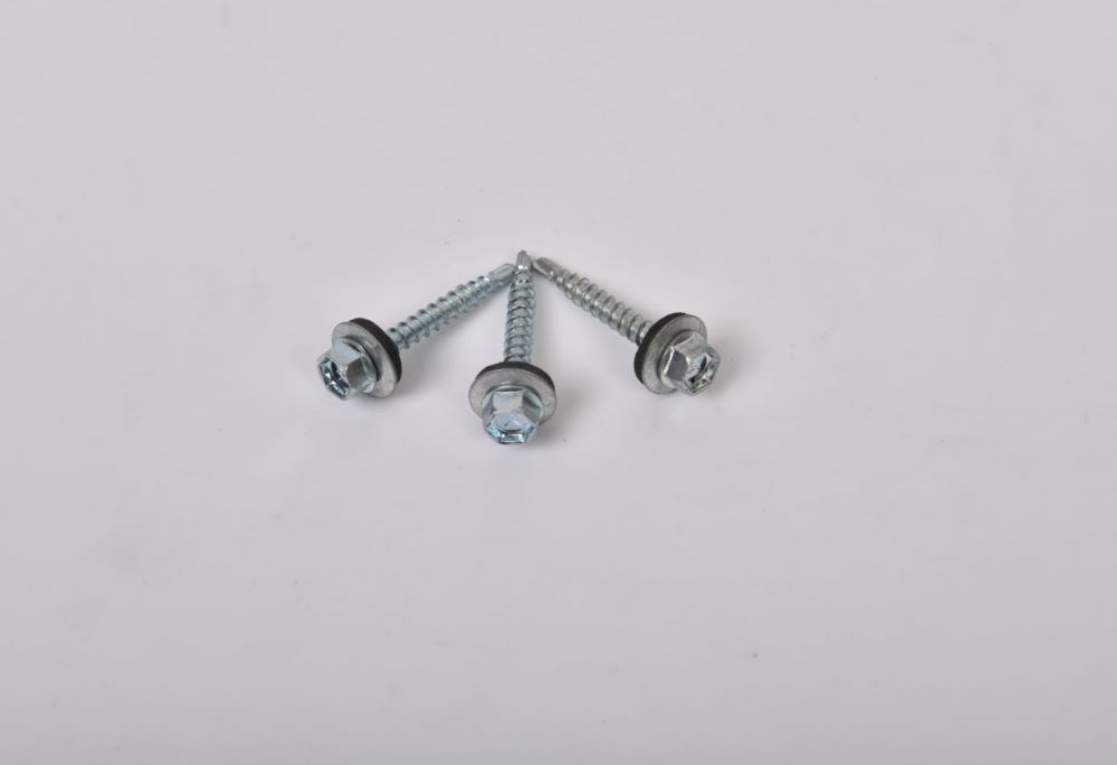Comparison of Wood Screws and Self-Tapping Screws for Various Applications and Uses
Wood Screws vs. Self-Tapping Screws Understanding the Differences and Applications
When it comes to fasteners, the choice between wood screws and self-tapping screws can significantly impact the strength and durability of your project. While both types serve the purpose of joining materials together, they have distinct characteristics and applications that make one more suitable than the other in certain circumstances.
What are Wood Screws?
Wood screws are specifically designed for fastening wood materials. They feature a sharp, pointed tip that allows for easy penetration into the wood fibers. The threads of a wood screw are typically coarse and designed to grip the wood tightly. This design helps to prevent the screw from stripping and ensures a solid hold. Wood screws often have a wide, flat head that provides a larger bearing surface, helping to prevent the head from sinking into the wood.
Wood screws can be used in a variety of applications, including furniture assembly, cabinetry, and woodworking projects. They are available in various lengths and diameters, enabling users to select the appropriate screw for their specific task. However, wood screws require a pilot hole in hardwood to avoid splitting the material, especially in dense or brittle wood types.
What are Self-Tapping Screws?
Self-tapping screws are versatile fasteners ideal for a wide array of materials, including wood, metal, plastic, and more. They are designed with a sharp tip and unique thread design that enables them to create their own hole as they are driven into the material. This characteristic eliminates the need for a pre-drilled hole, making them quicker and easier to use in many situations.
Self-tapping screws come in two main varieties thread-cutting and thread-forming. Thread-cutting screws are designed for softer materials, as they remove material to create threads. In contrast, thread-forming screws displace material to form threads, which provides a tighter grip in hard materials. This versatility makes self-tapping screws suitable for applications in construction, automotive assembly, and electronics.
Key Differences
wood screw vs self tapping screw

1. Design and Functionality The primary difference between wood screws and self-tapping screws lies in their design and intended use. Wood screws are tailored specifically for use in wood, whereas self-tapping screws can be used in a broader range of materials.
2. Pilot Hole Requirement Wood screws often require a pilot hole to prevent splitting, while self-tapping screws can be driven directly into the material without pre-drilling, saving time and effort.
3. Thread Design Wood screws feature coarse threads designed to maximize grip in wood, while self-tapping screws have specialized thread designs that allow them to tap into different materials effectively.
4. Applications Wood screws are predominantly used in woodworking and furniture assembly, whereas self-tapping screws find use in a variety of applications, including metalwork and plastic assembly.
Choosing the Right Screw
Selecting the correct type of screw ultimately depends on your project requirements. If you are working primarily with wood and need a strong joint that will withstand stress, wood screws are often the best choice. They provide excellent holding power and are less likely to strip when used properly.
Conversely, if you are dealing with a mix of materials or require a fast and efficient fastening process, self-tapping screws may be the ideal option. Their ability to cut threads on the fly can save time and enhance productivity, especially in large-scale projects or repairs.
Conclusion
In summary, both wood screws and self-tapping screws play essential roles in fastening materials, but they serve different purposes based on their design and applications. Understanding the unique features of each can help you make informed decisions for your projects, ensuring that you achieve the best results with the right fastener. Whether you’re a professional contractor or a DIY enthusiast, having a solid grasp of these two types of screws will elevate your craftsmanship and lead to more successful outcomes.
-
Top Choices for Plasterboard FixingNewsDec.26,2024
-
The Versatility of Specialty WashersNewsDec.26,2024
-
Secure Your ProjectsNewsDec.26,2024
-
Essential Screws for Chipboard Flooring ProjectsNewsDec.26,2024
-
Choosing the Right Drywall ScrewsNewsDec.26,2024
-
Black Phosphate Screws for Superior PerformanceNewsDec.26,2024
-
The Versatile Choice of Nylon Flat Washers for Your NeedsNewsDec.18,2024










